Description
The Auriga Butterfly, Chaetodon auriga, is a beautiful species known for its striking colouration and unique markings. It can grow up to a maximum size of about 8 inches (20 cm) in length. The body is generally oval-shaped, with a vibrant white or yellow colour adorned with black dots and lines. The most distinctive feature is a wide black band that extends from the eye to the base of the dorsal fin.
Natural Habitat.
In their natural habitat, Auriga Butterfly fish are typically found in coral-rich areas, including lagoons, channels, and outer reef slopes. They inhabit depths ranging from shallow waters to around 60 feet (18 meters). These fish prefer areas with abundant coral growth, as it provides them with food sources and shelter.
Keeping Auriga Butterfly fish Healthy.
Keeping the Auriga Butterflyfish healthy requires intermediate to advanced care due to their delicate nature. Regular monitoring of water parameters such as temperature, pH, and salinity is crucial to their well-being.
Special Requirements and Feeding.
Auriga Butterfly fish have specific dietary requirements. They are primarily carnivorous and should be offered a varied diet consisting of both meaty and vegetable-based foods. Suitable food options include high-quality frozen or live foods such as brine shrimp, mysis shrimp, and enriched frozen preparations. Offering a mix of these foods ensures a balanced diet that mimics their natural feeding habits.
How Many Should I Keep?
Auriga Butterfly fish are generally kept individually or in pairs. Keeping more than one male in the same tank may lead to territorial disputes, so it’s best to maintain only one male per tank.
Lighting Preference.
Auriga Butterfly fish thrive in aquariums with moderate to high lighting. Adequate lighting helps to enhance their vibrant colouration and provides a stimulating environment.
Suitable Tank Mates.
When choosing tank mates for the Auriga Butterfly, it’s essential to consider their peaceful nature. They can coexist with other peaceful community fish species, but caution should be exercised when selecting tank mates. Avoid housing them with aggressive or territorial fish that may intimidate or harass them.
Reproduction in the Wild.
In the wild, Auriga Butterfly fish engage in external fertilization, releasing their eggs and sperm simultaneously into the water column during spawning events. The fertilized eggs hatch into planktonic larvae, which then undergo a pelagic larval phase before settling on the reef.
Breeding Chaetodon auriga
Breeding Auriga Butterfly in captivity can be challenging due to their specific requirements and the complexities of rearing the delicate larvae. Successful breeding often involves the use of dedicated breeding tanks, carefully controlled water parameters, and the provision of suitable live foods for the larvae. Breeding pairs need to be carefully selected based on their compatibility and willingness to spawn.
Sexual Dimorphism.
Auriga Butterfly fish do not exhibit significant sexual dimorphism. Both males and females possess similar colouration and markings.
Distribution.
The Auriga Butterfly is naturally distributed in the Indo-Pacific region, including the Red Sea, East Africa, the Maldives, Seychelles, and throughout the waters of the Philippines, Indonesia, and Australia. They are not considered a captive bred or line bred strain, and the original fish in the wild originate from these regions.
Summary.
The Auriga Butterfly, Chaetodon auriga, is a visually stunning species known for its vibrant colouration and unique markings. With a maximum size of around 8 inches (20 cm), these fish require intermediate to advanced care due to their delicate nature. This fish is naturally distributed in the Indo-Pacific region, including the Red Sea, East Africa, the Maldives, Seychelles, and throughout the waters of the Philippines, Indonesia, and Australia. Breeding Auriga Butterfly in captivity can be challenging due to their specific requirements and the complexities of rearing the delicate larvae. When choosing tank mates for the Auriga Butterfly, it’s essential to consider their peaceful nature.
The Fish pictured here are representative only and the livestock you receive may vary in pattern, coloration, and shape.


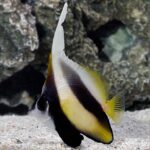


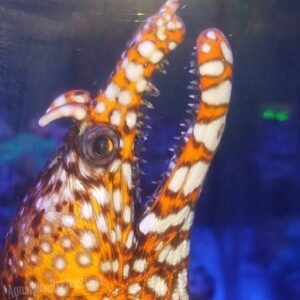
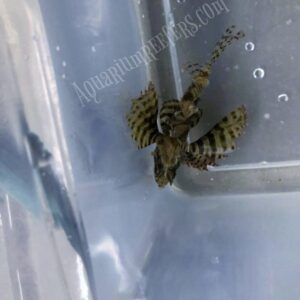
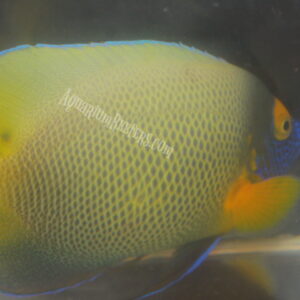
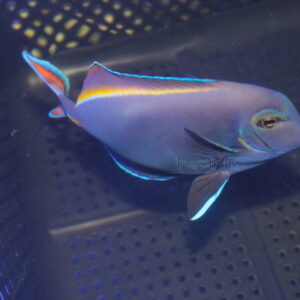
Reviews
There are no reviews yet.